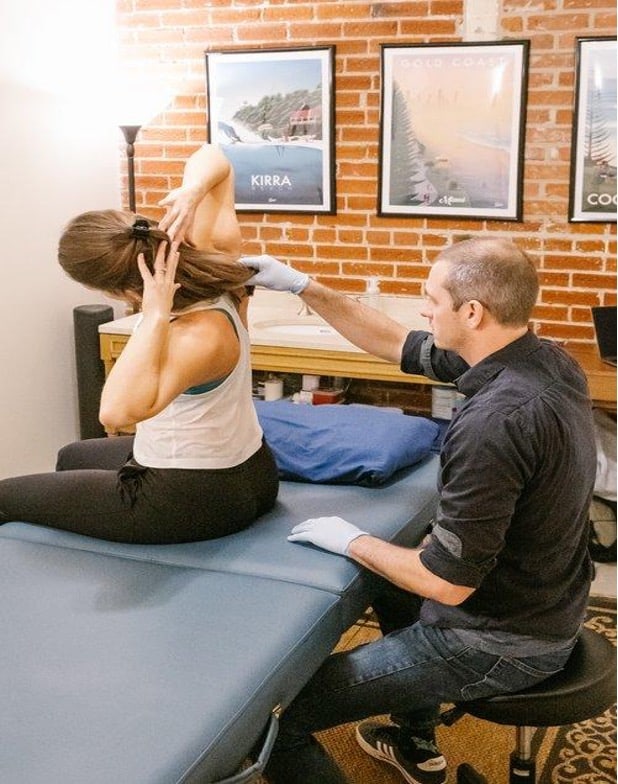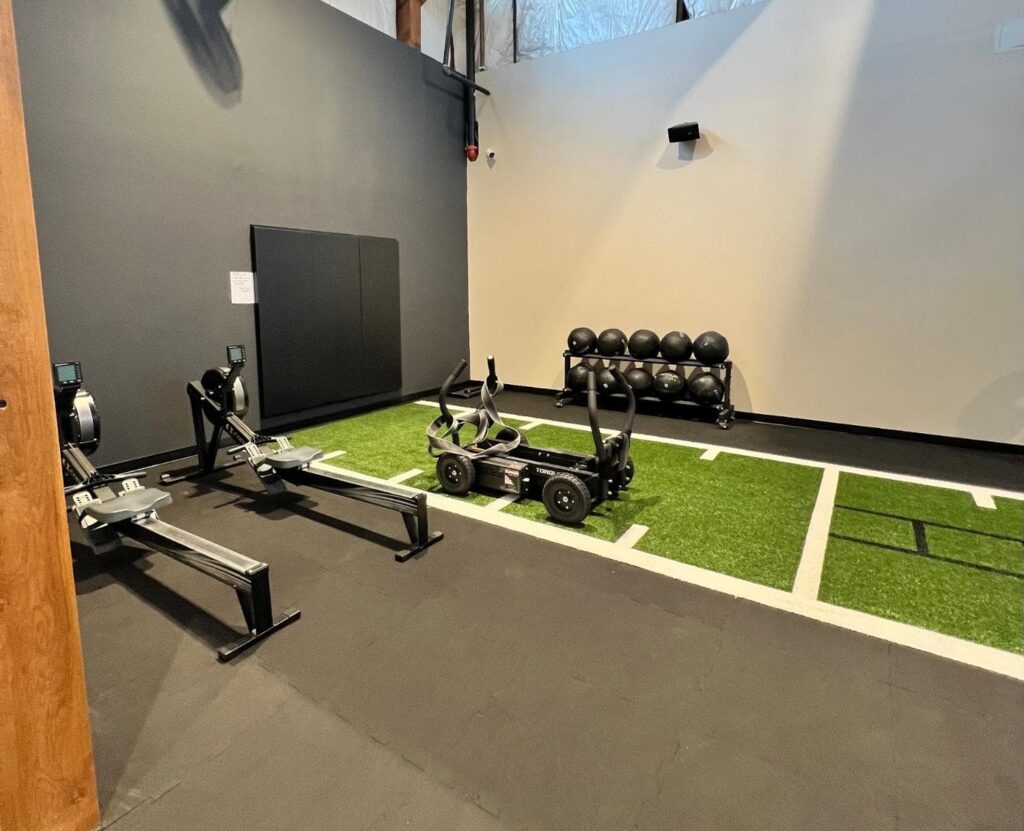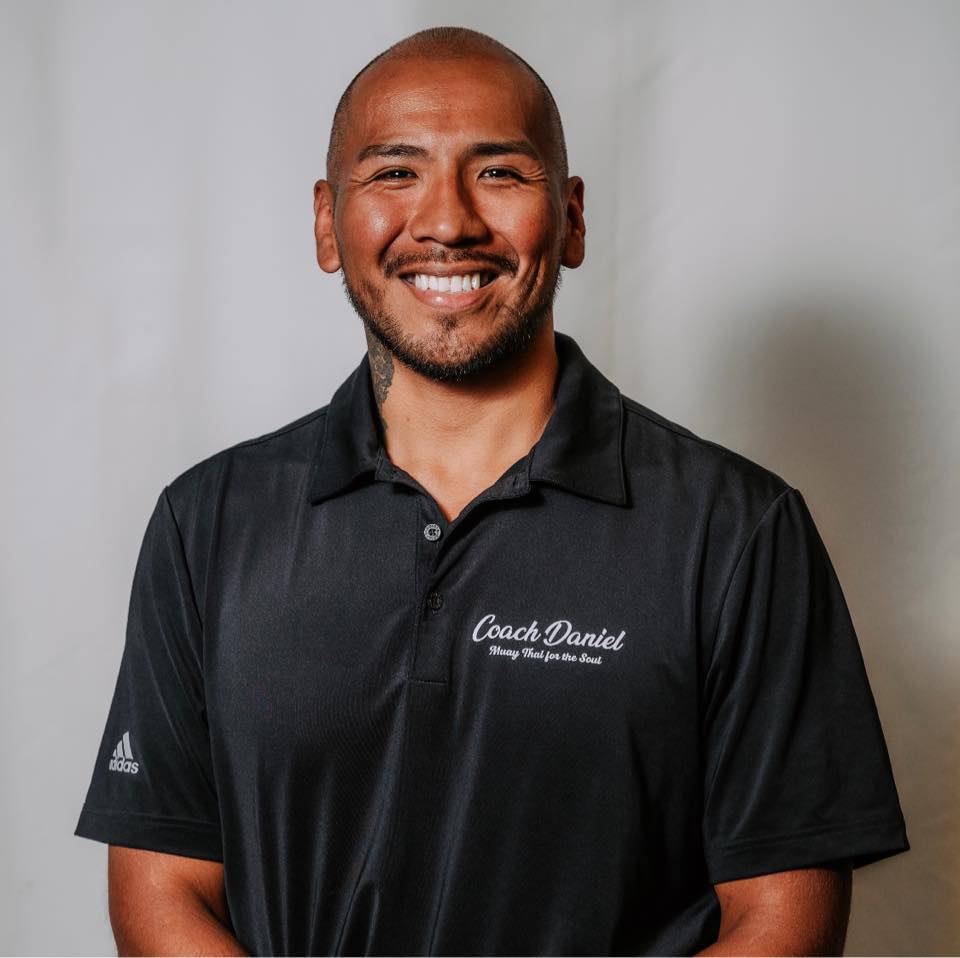
At Rocky Mountain Flex, we have members of all ages, from young adults to those in their late 60s, who are serious about staying active to improve their health. They understand the importance of maintaining their physical health as they age so they can move better, look stronger as well as younger, feel better, and live a longer life. That comes from regular exercise, specifically weight training to build muscle, staying active and avoiding a sedentary lifestyle, finding joy in life, getting enough vitamin D, and maintaining a healthy anti-inflammatory diet. The mental aspect of aging and how you view getting older also play a part in the way you feel as you age. There are many health benefits and people tend to live longer when they have a positive mindset around aging compared to those who have a limiting mindset around being older.
Recently, we learned about a Colorado resident who embodies the spirit of vitality and adventure for his 50th birthday. This gentleman has redefined what it means to age with grace and vigor. He marked his birthday with a group of friends in Vail by skiing 50 vertical feet by age 50. The actual vertical feet that day were 52,864 feet during their 29 runs down the mountain. He refuses to let age define his limits. His journey was not just about physical achievement but also a testament to the mindset and dedication that drove him to defy stereotypes.
This story has inspired us to highlight some of our best tips for staying active and eating healthy as you age! So today, we are going to ditch the “I’m old” mentality and hopefully inspire some of you to pursue new fitness goals, no matter your age.
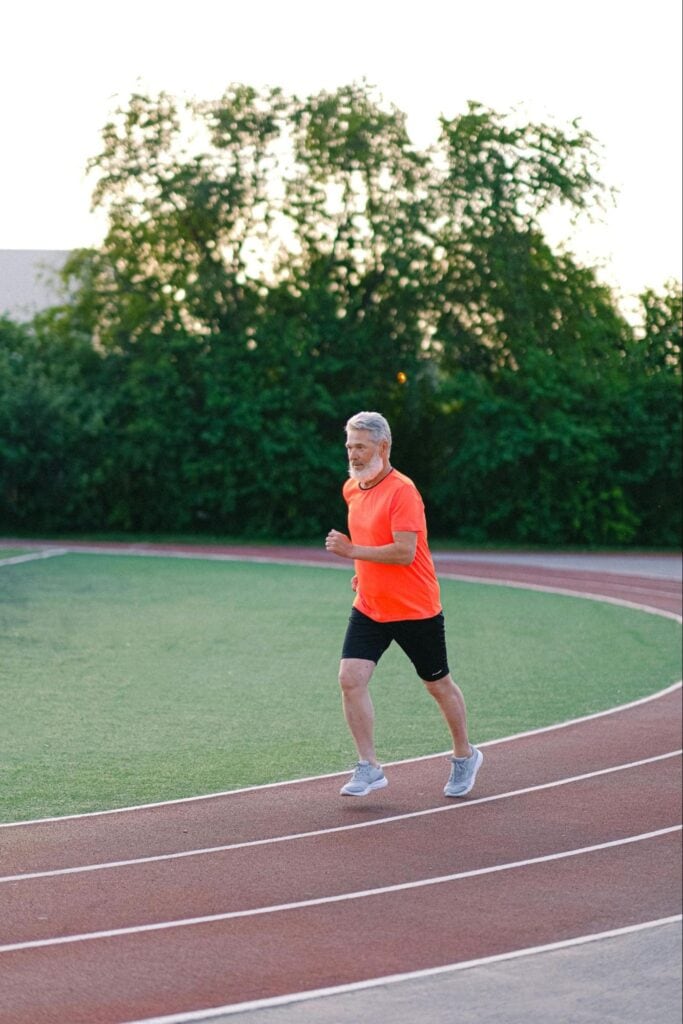
Exercise Essentials for Aging Well with Strength, Balance, and Mobility
According to the CDC, older adults aged 65 and over suffer from falls every second of every day, which is the leading cause of injury and injury-related death for that age group. That is a concerning and eye-opening statistic, but incorporating strength and balance training into your daily routine will help keep you strong and increase your mortality.
To sculpt a strong and resilient body as you age, it’s crucial to prioritize strength training. Strength training workouts not only slow age-related muscle loss but also preserve bone density, protect joints, help regulate blood sugar levels, and decrease your chances of heart disease. Consider integrating at least 2-3 strength training workouts each week to soak up these amazing benefits. These workouts also stimulate the release of muscle-building hormones and burn more calories. Working with a personal trainer can help you create a comprehensive plan tailored to your interests, goals, fitness level, and schedule, ensuring a balanced and safe approach to staying active and healthy.
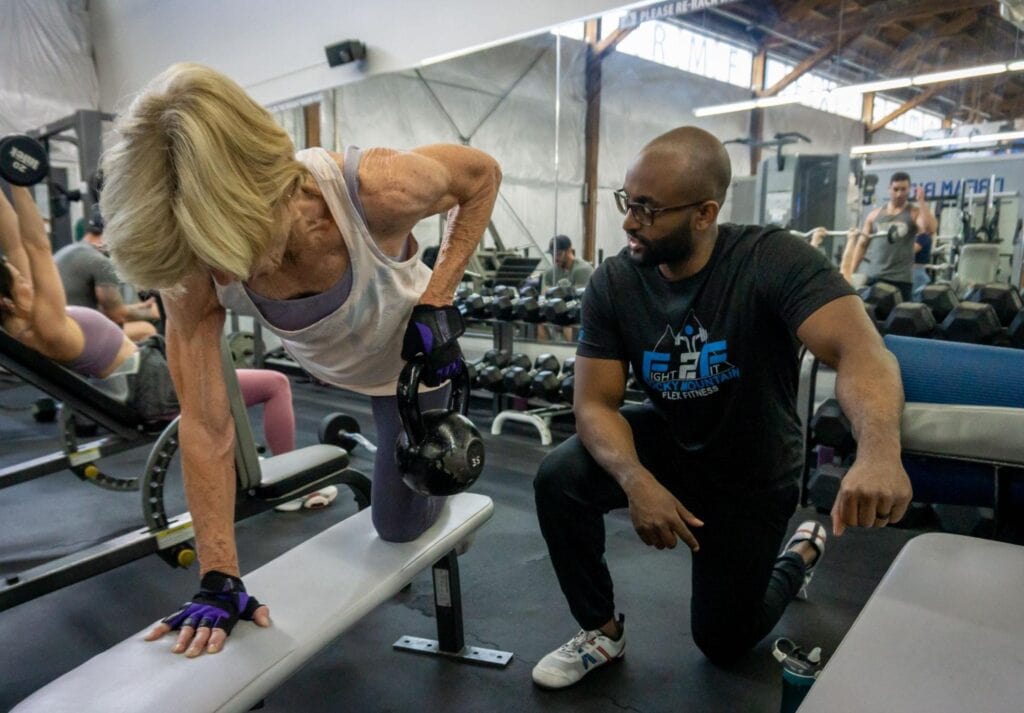
Dr. Peter Attia recently highlighted a study showing that resistance training can combat sarcopenia, the age-related decline in muscle mass and strength. This decline starts earlier than expected, with muscle quality decreasing around age 40. Type II muscle fibers, which are important for strength and power, deteriorate faster with age. However, resistance training can reverse some age-related muscle changes, improving strength and muscle mass. This study suggests that muscle decline with age is not inevitable, emphasizing the importance of resistance training throughout life.
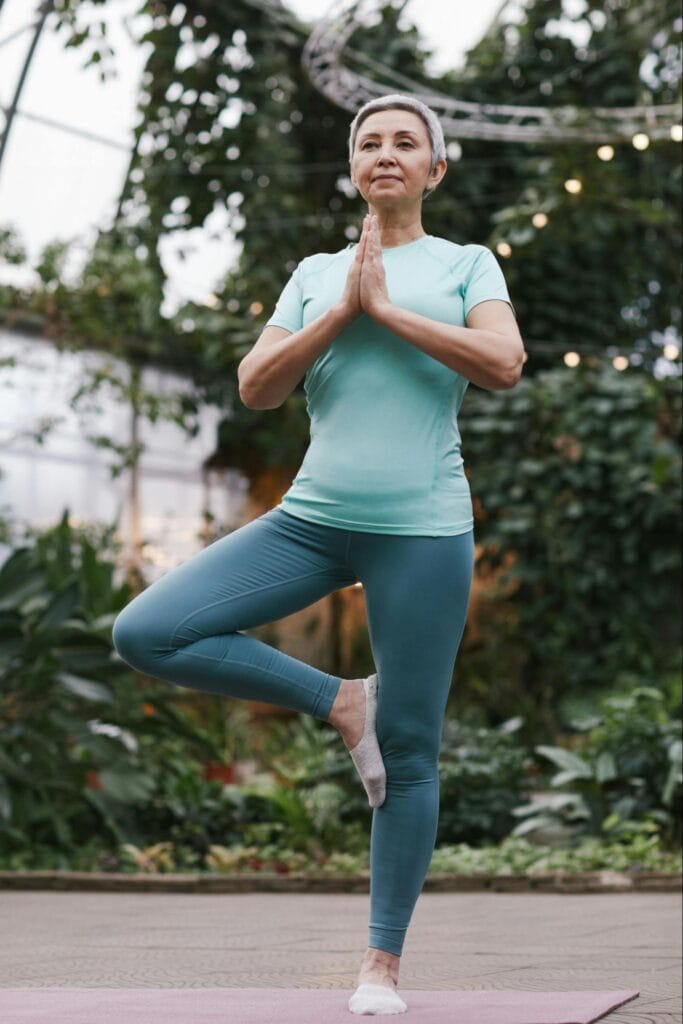
Incorporating mobility and flexibility workouts into your routine keeps your muscles and joints limber. Yoga, for example, not only enhances flexibility but also reduces stress and promotes joint movement, which in turn helps circulate synovial fluid, nourishing the cartilage and supporting joint health.
Foam rolling can be particularly beneficial for healthy aging as it helps maintain muscle flexibility, mobility, and overall function. As we age, our muscles tend to become tighter and less flexible, leading to a higher risk of injuries and decreased mobility. By incorporating foam rolling into a regular fitness routine, older adults can help alleviate muscle stiffness, improve circulation, and enhance their range of motion.
Walking is another highly beneficial exercise that should be a daily habit to combat the risks associated with a sedentary lifestyle, such as heart disease, high cholesterol, obesity, high blood pressure, cognitive decline, and more. Researchers found that the risk of death from any cause started to decline significantly once participants reached about 4,000 steps per day, roughly equivalent to a two-mile walk. Older adults who walked between 6,000 and 10,000 steps per day saw a 42% decrease in mortality risk, while those younger than age 60 adults saw a 49% reduction with 7,000 to 13,000 steps daily.
Optimizing Nutrition and Gut Health for Healthy Aging
As you age, paying even more attention to your nutrition becomes crucial because inflammatory foods can contribute to the aches and pains you feel in your joints. Eating an anti-inflammatory diet such as the Mediterranean diet, which includes a wide variety of nutrient-rich foods, like fruits, specifically organic berries, healthy fats such as extra virgin olive oil and sprouted nuts such as walnuts, a variety of colorful vegetables, lean proteins such as white fish, chicken, and turkey, as well as omega-3-rich foods like pasture-raised eggs and wild-caught salmon, provides the nutrients your body needs to feel vibrant. Including foods that fight inflammation, like those rich in omega-3 fatty acids, can help prevent chronic diseases and support brain health.

As we discussed above, maintaining muscle mass is key to staying balanced and preventing falls, as muscles help strengthen your bones and protect joints. Most people decrease their protein intake as they age, but eating a high protein diet is more important than ever to combat age-related muscle loss and increase muscle mass.
Lastly, it’s important to maintain a healthy gut microbiome to keep your immune system strong, reduce inflammation, keep your digestive system running smoothly, manage your weight, reduce the risk of some diseases, and keep your mind sharp. You can do this by providing your body with both prebiotics and probiotics.
Probiotics are live microorganisms that, when given in adequate amounts, provide a plethora of health benefits. You take probiotics in supplement form and by eating food with live cultures called fermented foods, such as sauerkraut, kimchi, kombucha, yogurts, kefir, etc. You need to maintain a healthy balance of gut bacteria so they can fight off bacteria, yeast and other organisms. Your gut bacteria can get out of balance when you take antibiotics, are under a lot of stress, eat too much sugar and processed foods, and drink too much alcohol.
Then, we have prebiotics. Unlike probiotics, prebiotics don’t contain any microorganisms, instead, they are the “food” for our gut bacteria. They consist of inulin, a soluble fiber that stimulates the growth of beneficial microbes in our gut. When these prebiotics are fermented by our gut bacteria, they produce short-chain fatty acids like propionate, butyrate, and acetate. Some prebiotic foods include green unripe bananas, onions, garlic, asparagus, Jerusalem artichokes, oats, potatoes that have been boiled and cooled, and dandelion greens. You can also find prebiotic supplements if you have trouble eating these foods daily.
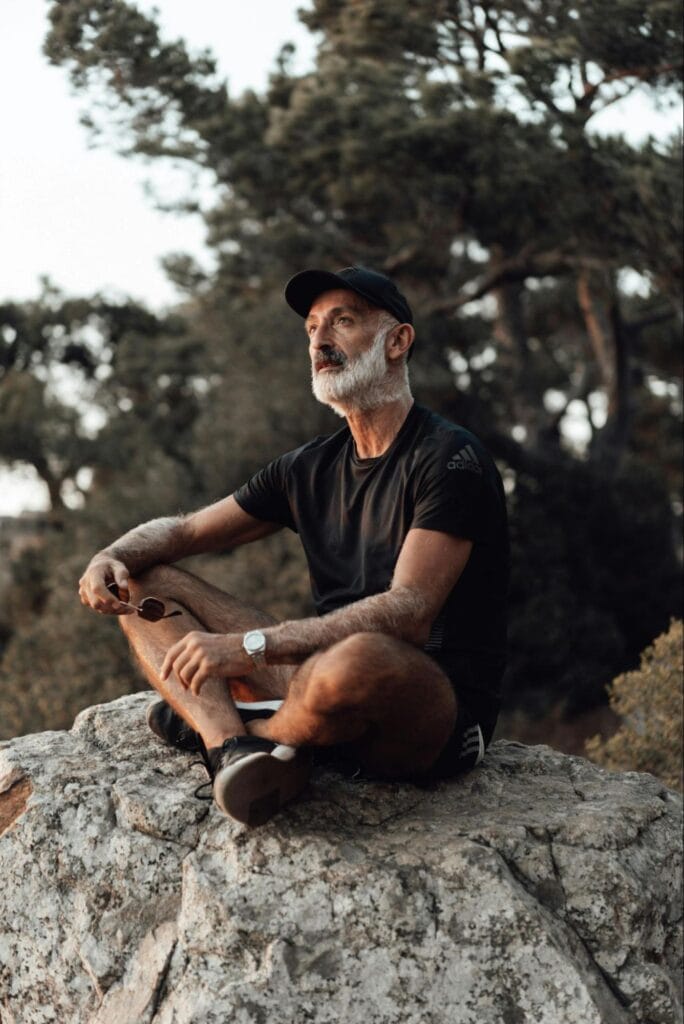
It’s never too late to redefine what’s possible. Instead of accepting limitations based on age alone, let’s embrace the potential for strength and resilience at every stage of life. With dedication to fitness, mental agility, and a positive outlook, we can continue to achieve remarkable feats and lead fulfilling lives well into our older years.
We hope that we inspire you to go after new goals as you age. Your goal may look completely different than the person next to you, it may look more like a goal of lifting weights 3 times per week, hiking a 14er such as Mount Bierstadt, walking 10,000 steps per day, or stand up paddleboarding at St. Mary’s Glacier to celebrate your next big birthday milestone. You can design your active lifestyle however you want!



